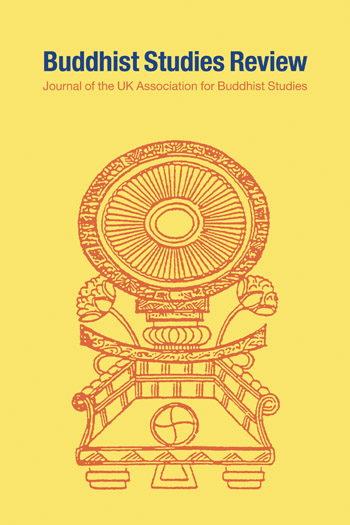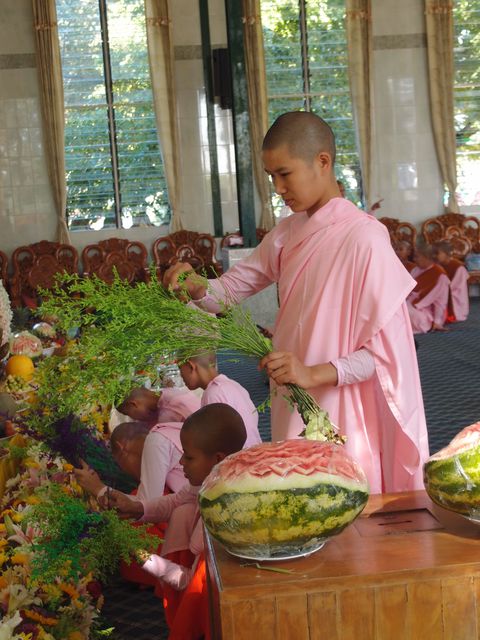Power and Agency in the Lives of Contemporary Tibetan Nuns
An Intersectional Study
Mitra Härkönen [+–]
University of Helsinki
This book examines the lived experiences of oppression and opportunities encountered by contemporary Tibetan Buddhist nuns living in the People’s Republic of China and the Tibetan exile community in India. It investigates how the intersections of the nuns’ female gender, their Buddhist religion and their Tibetan nationality on the one hand produce subordination and an unequal distribution of power but, on the other, provide the nuns with opportunities and agency. Depending on the intersection of her status positions, the Tibetan nun can be either disadvantaged or privileged, and sometimes both at the same time.
Power structures and relations that disadvantage nuns as women, as religious practitioners, and as Tibetans, are constructed and maintained in different domains of power. In the structural domain, traditional but still dominant institutions – such as the distribution of work, marriage, educational practices and religious institutions – disadvantage Tibetan nuns. In the disciplinary domain of power, the nuns are monitored by traditional culture and the Chinese authorities. The unequal distribution of power in these domains is justified by hegemonic ideas based on religious and cultural beliefs, ideas of religion and modernity, and religion and gender. These domains of power find their expression in the everyday life in the interpersonal sphere.
Analysis also reveals that many nuns were highly active in choosing and determining their life course. Monastic life offers Tibetan women freedom from the suffering faced by laywomen. The juncture of their gender, religion and nationality also provides them with agency in their nationalism, which is both visible and more subtle. Monastic life also offers them religious agency as compassionate bodhisattvas, who aim to not only benefit other living beings but also themselves.
Table of Contents
Front Matter
Part I: Introduction
Part II: From Laity to Monastic Life
Part III: Tibetan Nuns in Domains of Power
Part IV: Opportunities in Monastic Life
Part V: Conclusion









